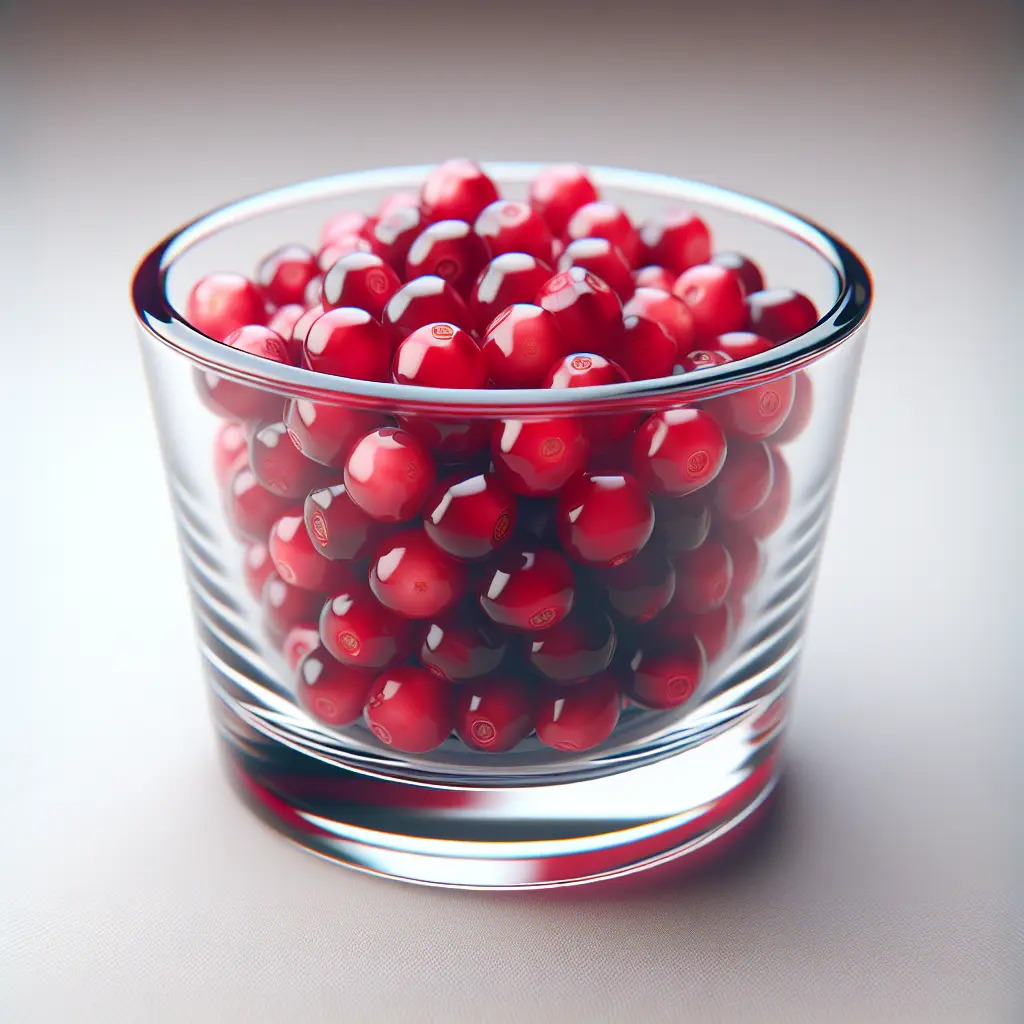Cranberries: A Nutritional Powerhouse
Cranberries are a type of berry native to North America. They are known for their tart flavor and vibrant red color. Cranberries are a rich source of nutrients, including:
- Antioxidants: Cranberries are particularly high in antioxidants, which help protect cells from damage caused by free radicals. These antioxidants have been linked to a reduced risk of chronic diseases such as heart disease and cancer.
- Vitamin C: Cranberries are a good source of vitamin C, which is essential for a healthy immune system, skin, and connective tissue.
- Fiber: Cranberries contain a significant amount of fiber, which can help promote digestive health and regularity.
- Potassium: Cranberries are a good source of potassium, which is important for maintaining healthy blood pressure and fluid balance.
Health Benefits of Cranberries
In addition to their nutritional content, cranberries have been associated with several health benefits, including:
- Urinary Tract Health: Cranberries have been traditionally used to prevent and treat urinary tract infections (UTIs). The proanthocyanidins in cranberries help prevent bacteria from adhering to the walls of the urinary tract, reducing the risk of infection.
- Cardiovascular Health: The antioxidants in cranberries have been shown to improve blood vessel function and reduce inflammation, which may benefit cardiovascular health.
- Anti-Cancer Properties: Some studies suggest that the antioxidants in cranberries may have anti-cancer effects, particularly against certain types of cancer such as prostate cancer.
Culinary Uses of Cranberries
Cranberries are versatile and can be enjoyed in a variety of culinary applications, such as:
- Fresh: Fresh cranberries can be eaten raw as a snack or added to salads, smoothies, and yogurt.
- Dried: Dried cranberries are a popular snack and can be added to trail mix, granola, and baked goods.
- Juice: Cranberry juice is a tart and refreshing beverage that can be enjoyed on its own or used in cocktails and smoothies.
- Sauce: Cranberry sauce is a classic accompaniment to turkey and other holiday dishes. It can be made using fresh or frozen cranberries and sweetened to taste.
Tips for Incorporating Cranberries into Your Diet
Here are some tips for incorporating cranberries into your diet:
- Add fresh cranberries to salads, smoothies, and yogurt.
- Snack on dried cranberries as a healthy alternative to candy.
- Drink cranberry juice as a refreshing beverage.
- Make cranberry sauce to accompany holiday meals or as a spread for sandwiches.
- Use cranberries in baking recipes, such as muffins, scones, and pies.
With their nutritional value and versatility, cranberries are a delicious and healthy addition to any diet.
How many calories are in Cranberry?
Each 1 cup, chopped of Cranberry contains 51 calories.
Cranberry Nutritional Information
| Nutrient | Amount per 1 cup, chopped (110g) |
|---|---|
| Calories | 51 Calories |
| Protein | 0.5g |
| Fat | 0.1g |
| Saturated Fat | 0g |
| Cholesterol | 0mg |
| Carbohydrates | 13g |
| Dietary Fiber | 4g |
| Sugar | 4.7g |
| Sodium | 0.0022mg |
| Potassium | 0.088mg |
| Calcium | 0.0088mg |
| Iron | 0.0003mg |
